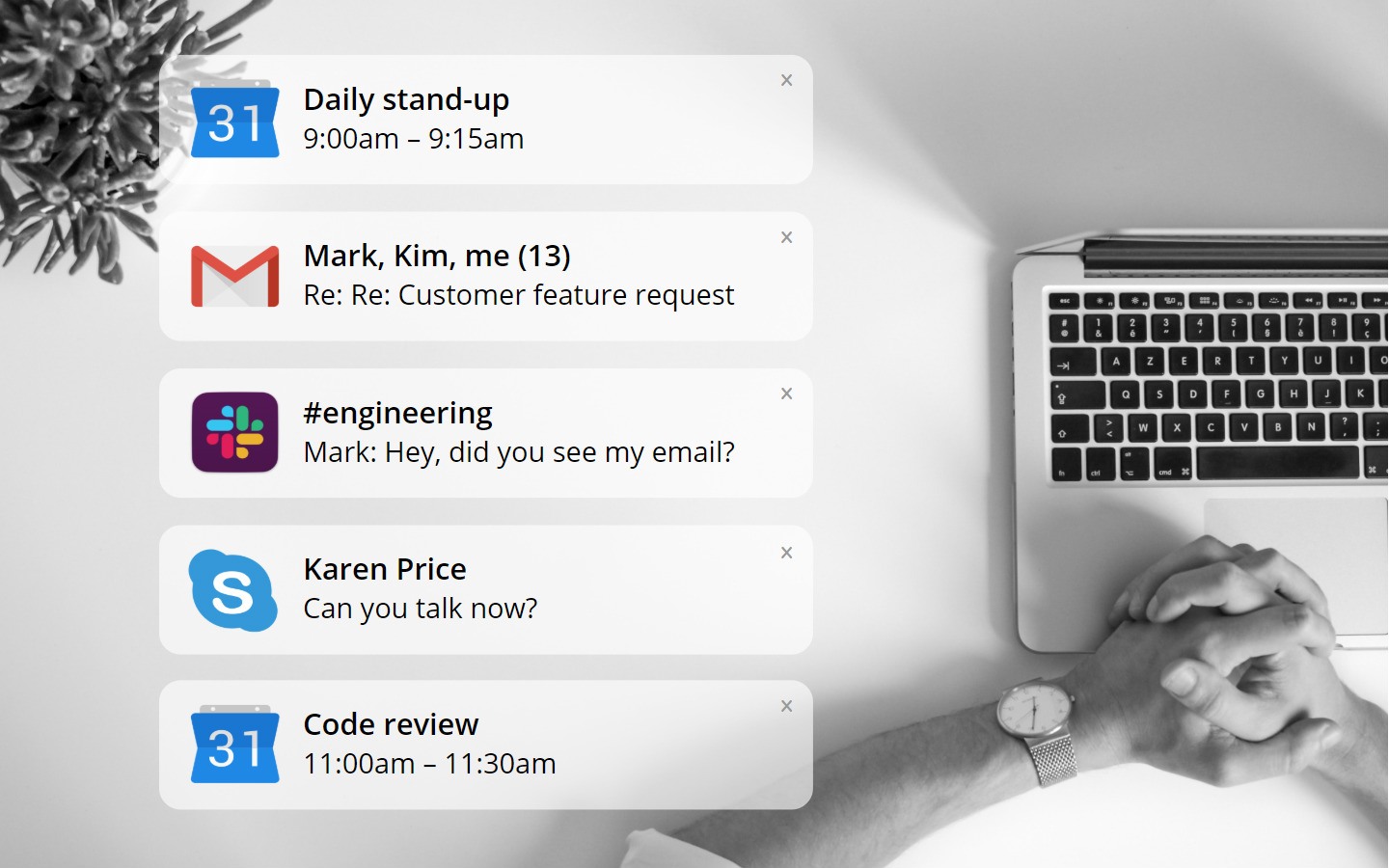
In the book "Masters of Doom" of the company id Software and its impact on popular culture David Kushner wondered about the unusual style of work lead programmer John Carmack.
To increase productivity and not be distracted from working on the Quake engine, he took an aggressive approach - he began to gradually shift the beginning of the working day. In the end, John sat down to program in the evening, and ended before dawn. These continuous stretches of silence, isolation and deep work allowed him to create the world's first ultrafast 3D engine. Quake made a splash.
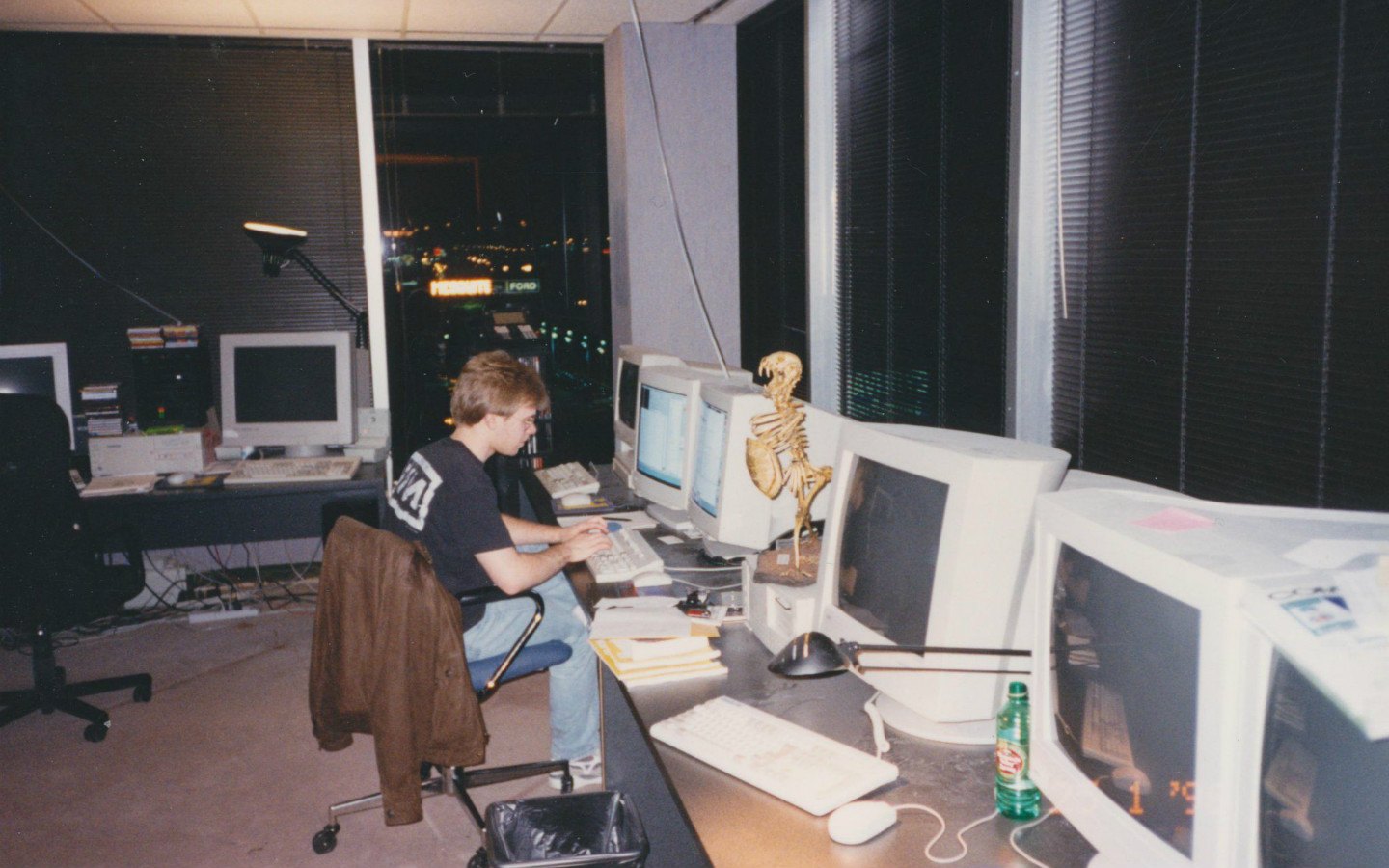
The story of two schedules
Perhaps because of this schedule, it was difficult for colleagues to communicate with Carmack, but the value of his work at full cognitive power far outweighed this inconvenience.
The Carmacks of our world — those involved in programming, creativity, and problem solving — work according to a schedule that technical investor Paul Graham calls a creator (maker) schedule . In a 2009 essay entitled “Creator Schedule, Manager Schedule,” he argued that creative people work on a different schedule than managers.
As Graham clarifies:
Managers ' days are cut into hourly intervals. If necessary, several hours are allocated for one task, but by default every hour is a new business. ”
On the other hand, creators “usually prefer to use intervals of at least half a day.” It is not possible to write or program well in units of an hour. This time is barely enough to start. ”
It is normal for managers to interrupt meetings, phone calls, and Slack notifications. But for the maker, the slightest distraction is devastating.
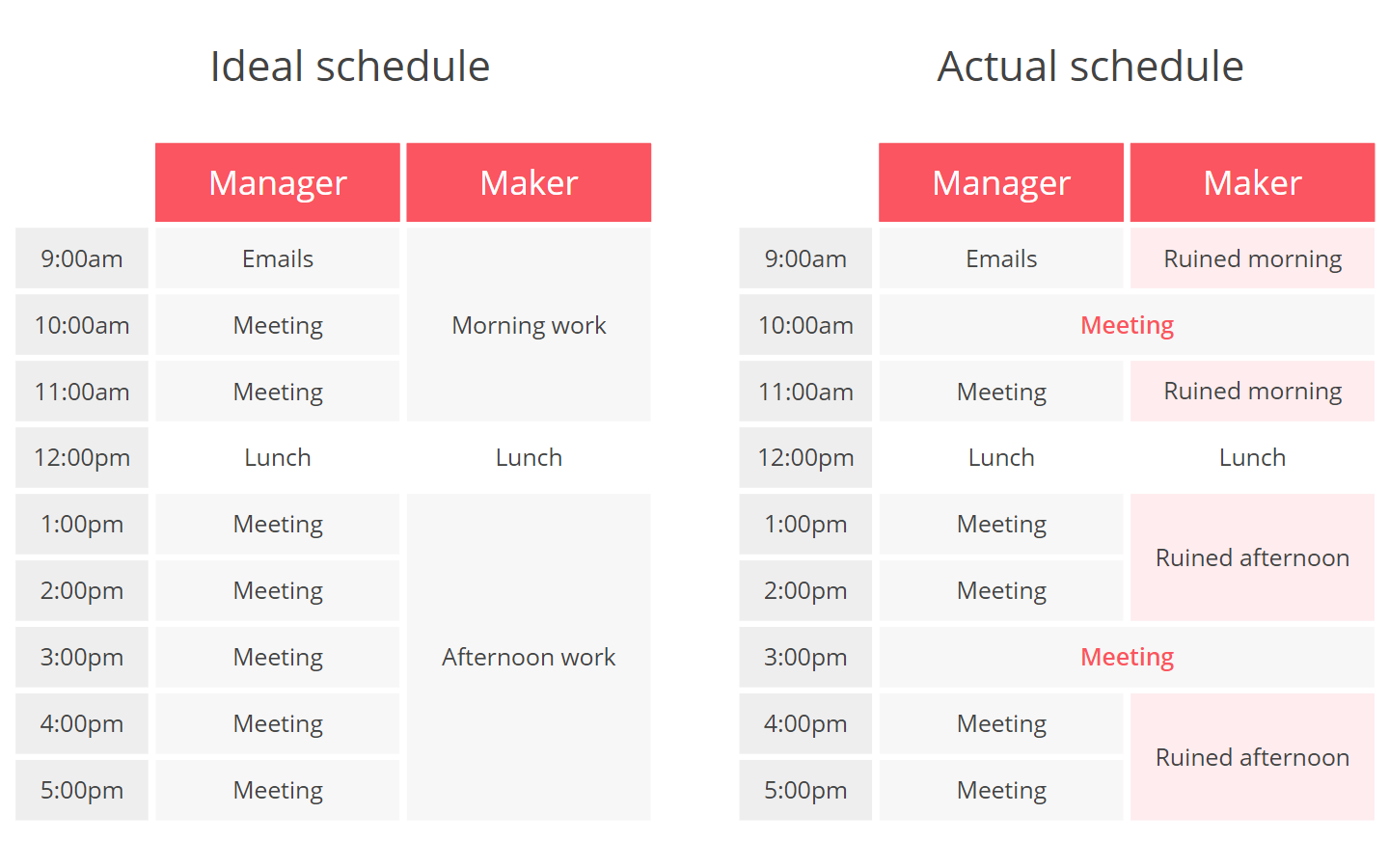
Studies show: it takes up to 30 minutes to get into the stream, and we cannot just switch from one task to another. A complete change of regime is needed, and constant switching of context prevents the brain from fully engaging in the current task . Gloria Marx, a professor of computer science at the University of California, conducted a study and found that it takes an average of 23 minutes 15 seconds to re-dive into a task after a break, and even after that there is a decrease in productivity.
Thus, one small glider can spoil the whole day, breaking it into two parts, each of which is too small to do anything significant. And if you know that the work will be interrupted, why start something ambitious?
Work in an open office makes the situation even worse.
This is the world of managers.
Separately, managers and creators work fine. Problems arise in coordination. And since most influential people work according to the schedule of managers, they force everyone to adapt to it, which leads to a decrease in the performance of makers.
The result is predictable: today almost no organization supports the work schedule maker.
The reasons why most managers cannot adapt to the makers schedule are pretty simple.
Instant convenience instead of long-lasting performance
Instant messaging tools such as Slack have changed the way you communicate at work, allowing managers to contact creators at a convenient time for managers. The style of work that these tools allow is so closely aligned with managers' schedules that they often see no harm to the makers. An instant reaction becomes an implicit expectation , with virtually no barriers or restrictions.
And in the absence of barriers, convenience always wins.
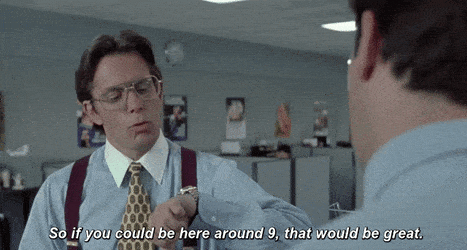
There is no such thing as “too much cooperation”?
Many managers do not see and do not solve the problem, because they see communication and think that it is good . Because they see activity. People attend meetings, talk with each other, indicators of online presence are bright green. Obviously, there is a lot of work going on!
But nothing real is being done. Meaningful work requires silence and loneliness.
“Everything is in order if everyone is busy”
Most makers do not have enough control and autonomy to allocate half a day without making any calls or meetings, and instead of solving the problem at the leadership level, we try to compensate for this by multitasking - unfortunately, this rarely works. Creating a context can take several hours, and switching context between communication and creative work simply kills the quality of both .
Being busy seems like work, but it’s not the kind of work that needs to be done.
How to work as a creator in an organization dominated by managers
In many companies, creators are faced with a choice: to give way to managers, sacrificing their time for deep work and productivity - or to offend people.
But there are more reasonable compromises.
Joint "office hours" for creators and managers
The first method that Paul Graham recommends for harmonious combination of schedules is an office clock .

Office hours are periods of time that creators set aside for meetings, and the rest of the time they can freely switch to the Do Not Disturb mode. Managers get their (short) time for meetings, and creators have long segments for useful work.
As CTO at Buffer, Harrison Harnish decided to apply this concept, breaking the week functional . On Mondays and Fridays, he was engaged only in communication with the team, and the rest of the days he programmed alone.
We at Nuclino have implemented a similar schedule, devoting several days a week only to building and working from home. This does not mean that we ignore all messages and break away from work only in the event of a fire, but the general expectation is that a person will not immediately respond to requests if he is focused on his work.
“It is important to note that the time of deep work can be interrupted by things that are both urgent and important. However, considering each issue as urgent is likely to do more harm than good. ” - Harrison Harnish, Former Technical Director, Buffer
Asynchronous, thoughtful, and content-oriented collaboration
For many managers, the natural reaction is to schedule a meeting whenever you need to make a decision. In most cases, such meetings quickly turn into a brainstorm, which seems productive due to heated discussion, but in the end does not produce any results, but only distracts everyone from work.
Collaboration (on designated days) need not be synchronous. And it is not necessary to meet in person to productively discuss important topics.
Instead, communication can take place in a more relaxed asynchronous mode in the form of thoughtful, written discussions, rather than dramatic meetings or a chaotic exchange of remarks on one line in the chat.
“ People think that it’s more efficient to bring information to everyone in the room at once . But actually it’s much more efficient to distribute it asynchronously in writing, allowing people to digest it at a convenient time, without breaking their days into small pieces. ” - Jason Fraid , co-founder and CEO of Basecamp
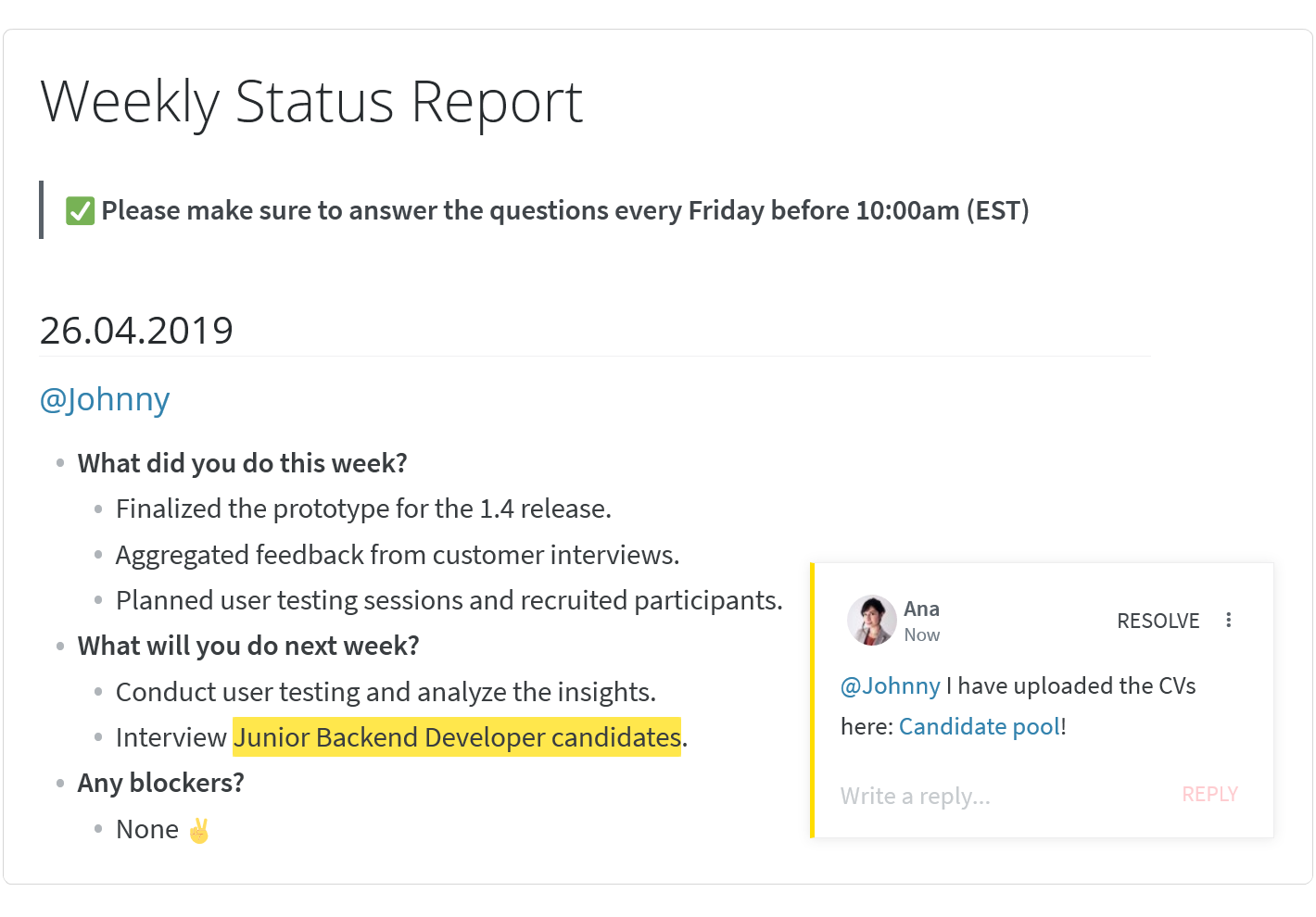
In our experience, the best way to prevent a futile meeting is to first write down everyone’s goals and thoughts. Despite working in the same office, our team replaced almost all meetings with asynchronous recordings.
Now all meetings and projects are carefully documented. In addition, it helps each member of the team to say their word, correctly express their thoughts and understand the opinions of others at a convenient time and at a convenient pace.
Refillable Knowledge Base
Many interruptions occur because people cannot find answers to the same questions. If due to this problem work stops, it is unpleasant to wait for “office hours” to answer the question.

The easiest way to solve this problem is to create a team knowledge base. This not only minimizes the number of repetitive questions, but also helps beginners to get comfortable.
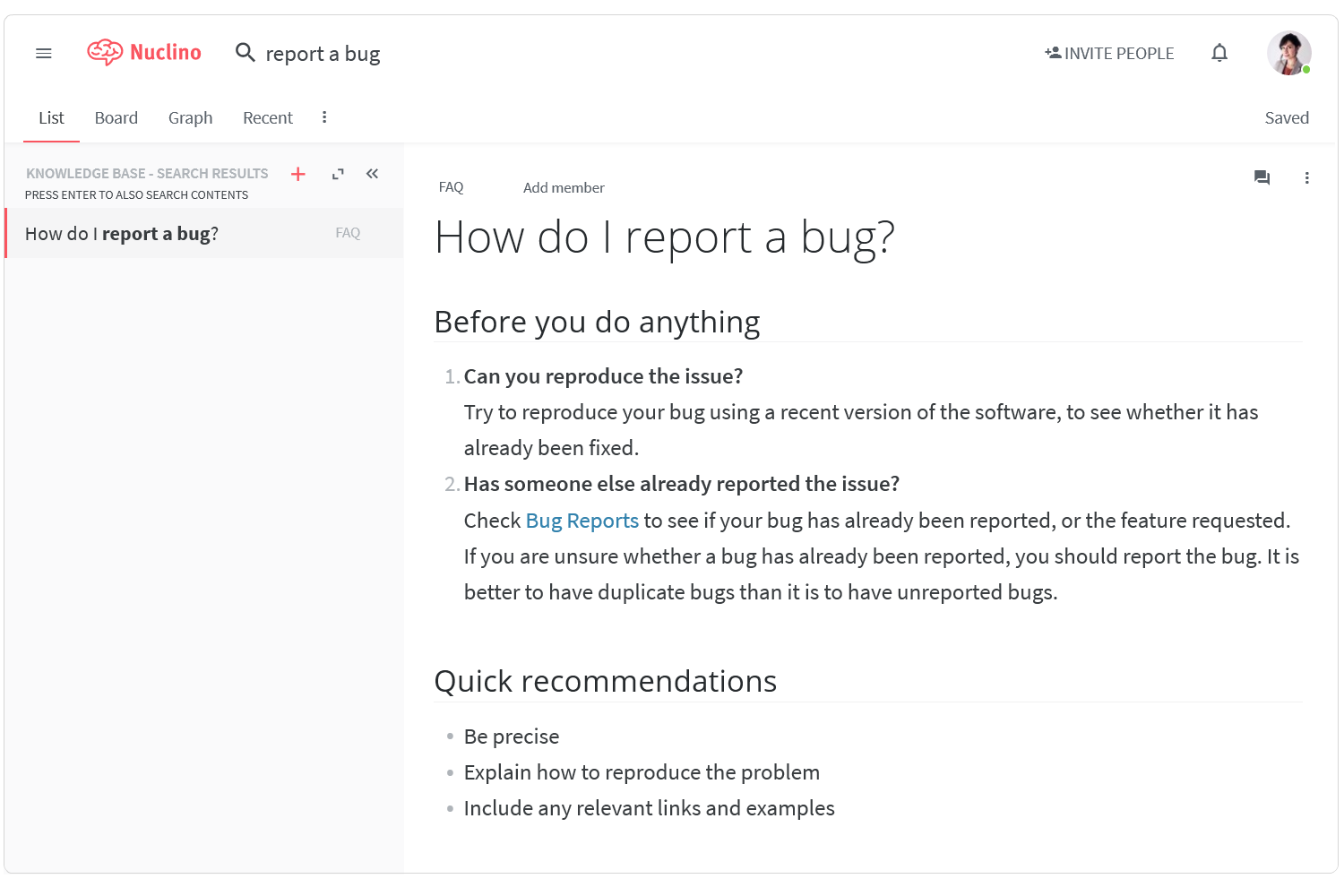
But ultimately it comes down to the issue of corporate culture. None of the rules will work if the leadership does not understand the needs of the creators in a different schedule - and does not make efforts to adopt it.
The truth is that synchronized, instant, and personal communication is appropriate, but not always . In fact, there are very few urgent things that justify the damage from interrupted work. Most questions are trivial. And although our offices and work tools push us towards the ASAP culture, constant accessibility and constant employment, this is not a substitute for complex, thoughtful and deep work.
So keep calm and do not greet individual messages .